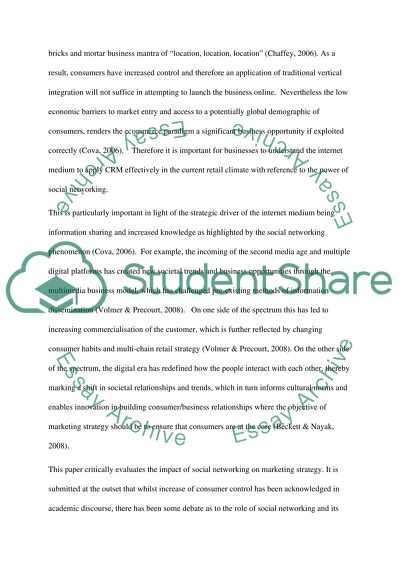Cite this document
(“Social Networks in Marketing Essay Example | Topics and Well Written Essays - 4000 words”, n.d.)
Retrieved from https://studentshare.org/environmental-studies/1413232-social-networks-in-marketing
Retrieved from https://studentshare.org/environmental-studies/1413232-social-networks-in-marketing
(Social Networks in Marketing Essay Example | Topics and Well Written Essays - 4000 Words)
https://studentshare.org/environmental-studies/1413232-social-networks-in-marketing.
https://studentshare.org/environmental-studies/1413232-social-networks-in-marketing.
“Social Networks in Marketing Essay Example | Topics and Well Written Essays - 4000 Words”, n.d. https://studentshare.org/environmental-studies/1413232-social-networks-in-marketing.


